What’s the best beef for the grill, slow cooker, roasting pan, or wok?
Read on for tips and top recipes. It’s all about beef!
Cuts of Beef
Certain cuts of beef are suitable for different cooking methods. Shoulder, chuck, and blade cuts require long, slow cooking to become tender, as do beef round and rump roasts. Flank steak, ribs, loin, and sirloin are the best choices for grilling or fast, high-heat cooking methods.
Brisket: From the chest region. Use to make corned beef or braises, or smoked for barbeque.
Clik here to view.
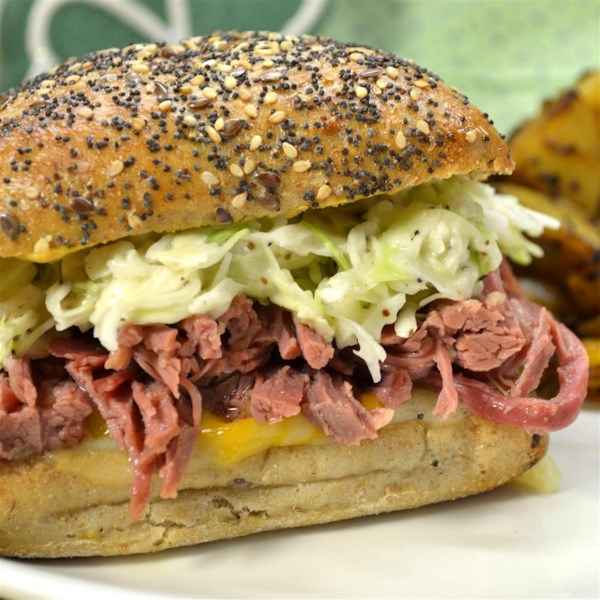
Photo by *Sherri*
- Slow Cooked Corned Beef for Sandwiches
- Oven Barbecued Beef Brisket I
- Busy Day Barbeque Brisket
- Best Ever Brisket
- Complete Collection of Beef Brisket Recipes
Chuck: These cuts are from the beef shoulder or front end; used as roasts and pot roasts.
Clik here to view.

Photo by Dianne
- VIDEO: Barbecued Beef
- Ropa Vieja
- Pot Roast for Many
- Beef Paprika
- Complete Collection of Beef Chuck Recipes
Flank: Cuts of beef usually found as steaks; this is the cut often referred to as London Broil.
Clik here to view.
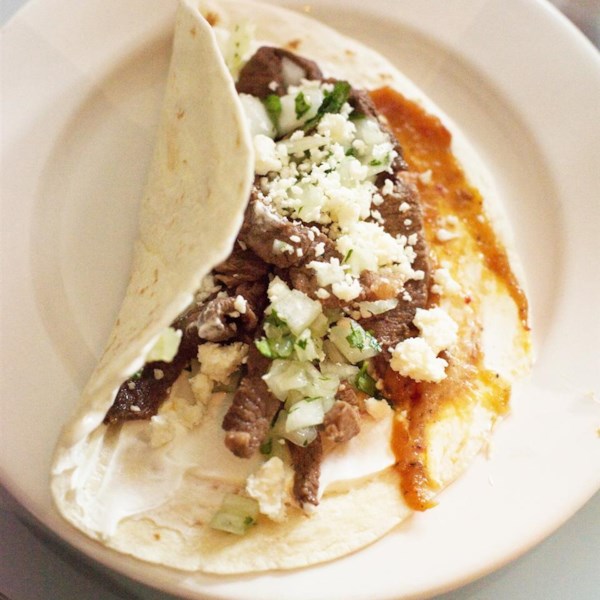
Photo by kaykalu
- VIDEO: Taqueria-Style Tacos – Carne Asada
- VIDEO: London Broil II
- German Rouladen
- VIDEO: Marinated Flank Steak
- Beef Flank Recipes
Loin and Tenderloin: These prime cuts are from the lower back. Cuts are very tender; strip steak, t-bones, and porterhouses come from this region.
Clik here to view.
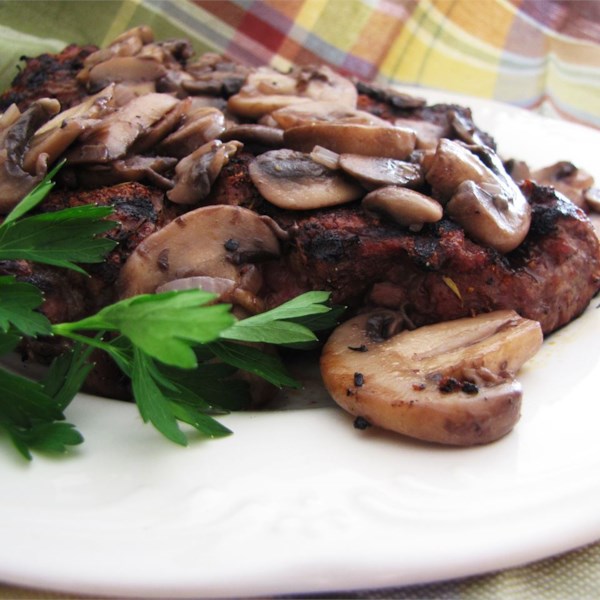
Photo by Dainne
- Thyme-Rubbed Steaks with Sauteed Mushrooms
- Perfect Porterhouse Steak
- Bistecca alla Fiorentina (Tuscan Porterhouse)
- Rosemary Steak
- Beef Short Loin Recipes
- Beef Tenderloin Recipes
Round: Cuts of beef from the hindquarters; usually found as cooking roasts and commonly referred to as rump roasts.
Clik here to view.

OkinawanPrincess
- Asian Beef with Snow Peas
- Mongolian Beef I
- VIDEO: Awesome Slow Cooker Pot Roast
- Daria’s Slow Cooker Stroganoff
- Beef Round Recipes
Sirloin: These cuts are taken from the small back region, above the rump; sirloin cuts are very versatile and can be found as steaks and roasts.
Clik here to view.
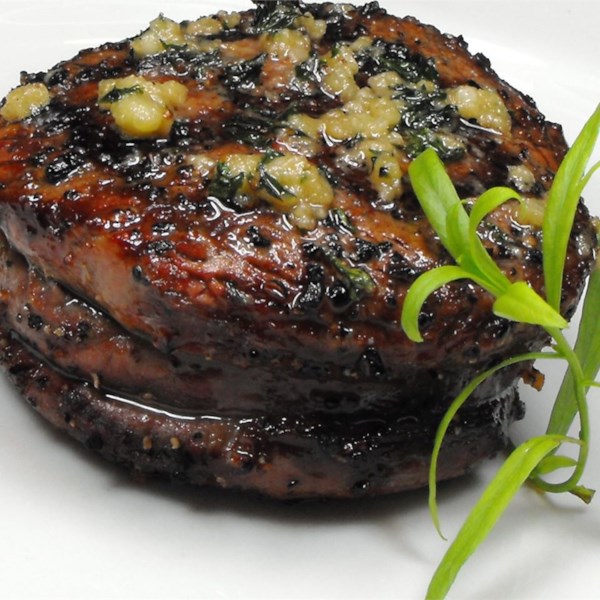
Photo by bellepepper
- VIDEO: Sirloin Steak with Garlic Butter
- VIDEO: Beef Tips and Noodles
- Cola Pot Roast II
- VIDEO: Slow Cooker Pepper Steak
- Beef Sirloin Recipes
Skirt: The diaphragm muscle on the underside of the ribcage. Popular grilled, used in fajitas and carne asada.
Clik here to view.
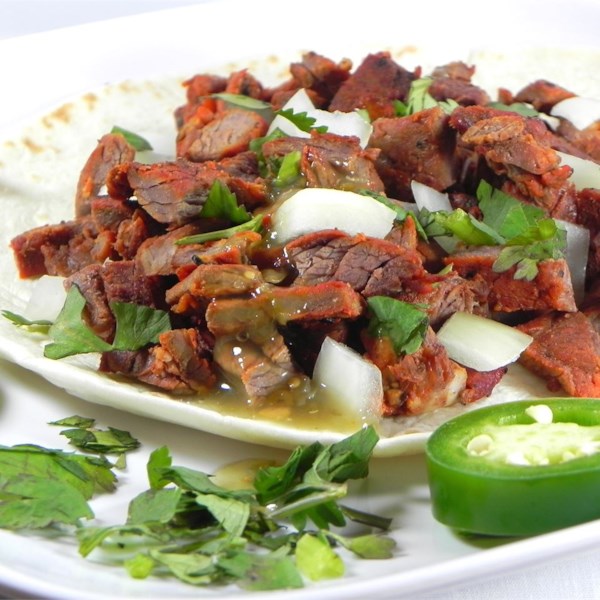
Photo by Soup Loving Nicole
- Arrachera (Skirt Steak Taco Filling)
- Teriyaki Steak
- Jibarito
- Nikki’s Steak Saltimbocca
- Grilled or Fried Skirt Steak
Cooking beef
Stir-frying
is a great method for cooking beef. It cooks quickly at high temperatures and preserves flavor. Stir-frying also requires very little added fat.
Grilling and broiling are methods that don’t require added cooking fat. For healthier grilling:
- Be sure to trim all visible fat from the beef prior to grilling or broiling.
- Consider precooking large pieces of meat in the oven to reduce time on the grill.
- Don’t let the flame flare up too much.
- Baste with citrus juices or broth instead of fat.
- Remove any blackened portions before serving.
Roasting is a slow method of cooking that allows the fat to drip away from the beef. Roast large cuts of beef with herbs and spices, and serve the beef with chutneys, salsas, or the juice that collects in the bottom of the pan.
Safety Tips
To prevent food-borne illnesses:
- Maintain your refrigerator temperature at 40 degrees F (4 degrees C)
- Store meat in the coldest part of the refrigerator, away from the door
- Make sure you seal the package of beef securely to prevent drips
- Store frozen beef at 0 degrees F (-18 degrees C)
- Defrost beef overnight in the refrigerator or in the microwave on the defrost cycle, not at room temperature
- Do not eat raw meat
- Cook ground beef within one to two days of purchase; steaks, chops, and roasts within three or four days
- Always use a clean cutting board and clean utensils when handling beef. Preferably, have one cutting board designated for meat and one for fruits and vegetables.
Beef’s Bio
Beef is an excellent source of protein, iron, and B vitamins. It is especially rich in B6, which strengthens the immune system, and in vitamin B12, which helps maintain good blood supply. To cut down on the saturated fat level in your diet, the USDA recommends eating beef no more than twice a week and reminds us that a serving size is 3 to 4 ounces per serving (the size of a deck of cards or the palm of your hand).
How do you like your steak?
“Blue”: raw red center. 115 to 120 degrees F
Rare: cool red center. 125 to 130 degrees F
Medium-Rare: cool red-pink center. 130 to 140 degrees F
Medium: warm pink center. 140 to 145 degrees F
Medium-Well: tan center. 150 degrees F
Well: fully-cooked gray center. 160 degrees F and above
The post Beef Basics appeared first on Allrecipes Dish.